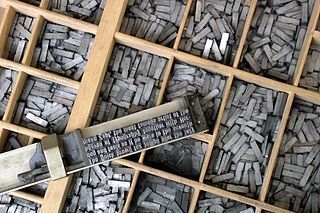What’s In a Font? That Which We Call a Letter… #authors #writingtips
Today I’m sharing a self-indulgent item. As a writer (I bet a lot of you know I write scifi,) I see posts that lead us to agonize over what font to use on book covers. For those of you lucky enough to not care, it may be news that:
 I think of “fonts” as beginning with type-setting, but I suppose quality handwriting is an even older issue. Say, I wonder if there were different fonts in cuneiform?
I think of “fonts” as beginning with type-setting, but I suppose quality handwriting is an even older issue. Say, I wonder if there were different fonts in cuneiform?A font is a collection of characters with a similar design. These characters include lowercase and uppercase letters, numbers, punctuation marks, and symbols. TechTerms
The word also has a second definition as a receptacle for baptismal water. That’s quite appropriate, because the wrong font will, the experts all agree, damn your book to oblivion. Without the right font, readers (a flighty, finicky group) will have no idea what genre your book belongs in, whether to be attracted or repelled, and will blithely click away into the quantum foam, leaving a despondent author behind.
Right behind cover fonts comes the agonizing over the font used in the interior of print books and PDF files. Ebook readers save us this worry by having control over the font their digital readers present (thank you, ebook readers.) But not every written work is so lucky, which brings me to this article. Fonts being a weighty matter, allow me to quote at length:
The U.S. Court of Appeals for the District of Columbia Circuit, acting like a picky high school English teacher, announced an amendment to its handbook Tuesday: Briefs will only be accepted if they’re written in 14-point serifed fonts, such as Century or Times New Roman. The courts strictly ‘discourage the use of Garamond.’
People said the harder font took 50 percent longer to read. ‘And when something takes long, people assume it’s complicated, and they don’t want to do it.’
The Supreme Court asks that lawyers write in the “Century family.” The U.S. Court of Appeals for the Seventh Circuit warns against Times New Roman. Slate
There are thousands, probably millions, of fonts available. You are not limited to whatever came with your favorite word processing software. You can buy more fonts. An endless number of fonts. You can spend so much time on fonts, you never write a single word. Eek.
The article I quoted ends with this:
Here’s to hoping the court’s next case takes on another source of impassioned legal argument: two spaces after a period.
Eeeeek. No, please. Not that!



